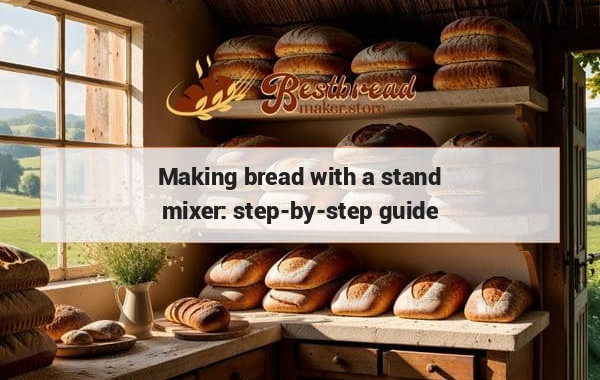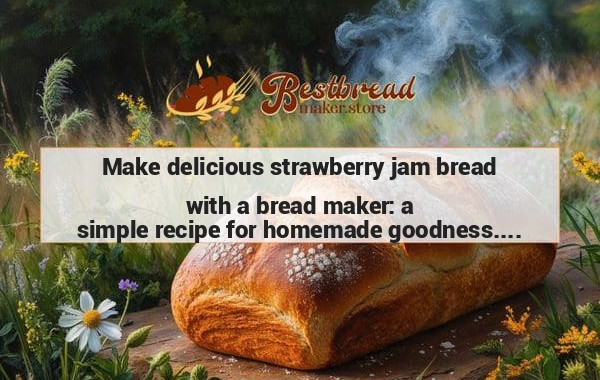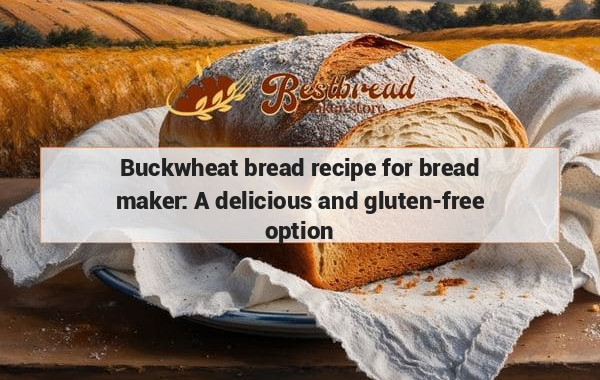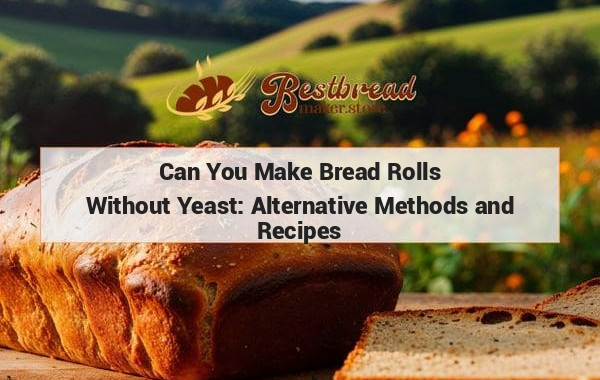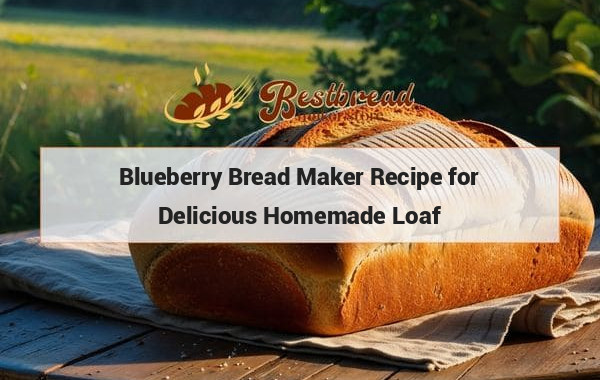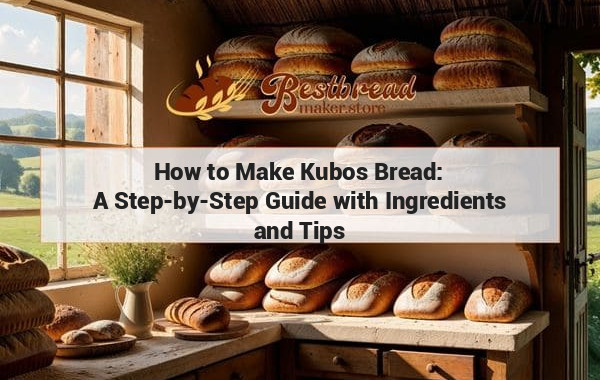Making bread with a stand mixer: step-by-step guide
To make bread with a stand mixer, start by mixing your ingredients in the bowl with the paddle attachment. Once the dough starts to come together, switch to the dough hook attachment and knead the dough for around 8-10 minutes. Let the dough rise until doubled in size, then shape it and place it in a greased loaf pan. Let it rise again before baking in a preheated oven. Enjoy your freshly homemade bread made with a stand mixer!
When you're thinking about making homemade bread, one of the best tools you can use is a stand mixer. This guide will walk you through the process of making bread with a stand mixer—an essential method for creating delicious, fluffy loaves at home.
Key Takeaways
Making bread with a stand mixer simplifies the process, saving time and effort. By using the dough hook attachment, you can knead the dough perfectly without the hard work of hand-kneading.
Why You Should Use a Stand Mixer to Make Bread
Using a stand mixer for bread-making is a game-changer for home bakers. It takes the hassle out of kneading the dough manually, which can be physically demanding and time-consuming. Plus, stand mixers provide consistent results.
How the Stand Mixer Enhances the Bread-Making Process
Stand mixers are designed to handle the tough job of kneading dough. By using a dough hook, your stand mixer mimics the motions of traditional hand-kneading but with more power and precision. This results in dough that's well-mixed and properly developed, leading to better texture and flavor in your bread.
Benefits of Using a Stand Mixer
- Efficiency: A stand mixer speeds up the kneading process, often completing it in under 10 minutes.
- Consistency: Stand mixers ensure even mixing, resulting in a uniform dough.
- Hands-free convenience: While the mixer works on the dough, you can prepare other ingredients or clean up, saving time.
How to Make Bread with a Stand Mixer
Now that you understand why using a stand mixer is beneficial, let's dive into the step-by-step guide for making bread with this useful kitchen tool. We'll cover everything from preparing your ingredients to baking the final loaf.
Ingredients You’ll Need
To make a simple loaf of bread, you'll need the following ingredients:
- 500 grams of bread flour
- 300 ml of warm water
- 7 grams of instant yeast
- 10 grams of salt
- 30 grams of butter or oil (optional)
Step 1: Mix the Dry Ingredients
Start by attaching the dough hook to your stand mixer. Add the bread flour, yeast, and salt to the mixer bowl. It's important to keep the yeast and salt on opposite sides of the bowl, as salt can kill the yeast if they come into direct contact.
Step 2: Add the Wet Ingredients
Turn the mixer on low speed and gradually add the warm water to the dry ingredients. If you're using butter or oil, add it now. Let the mixer combine the ingredients until a shaggy dough forms.
Step 3: Knead the Dough
Once the ingredients are combined, increase the mixer speed to medium. Let the dough hook knead the dough for about 8 to 10 minutes. You’ll know the dough is ready when it's smooth, elastic, and pulls away from the sides of the bowl.
Step 4: Let the Dough Rise
After kneading, transfer the dough to a lightly oiled bowl and cover it with a clean kitchen towel. Let it rise in a warm, draft-free place for about 1 to 2 hours, or until it has doubled in size.
Step 5: Shape the Dough
Once the dough has risen, punch it down to release any trapped air. Shape the dough into a loaf by folding it over itself and tucking in the sides. Place the shaped dough into a greased loaf pan.
Step 6: Second Rise
Cover the loaf pan with the kitchen towel and let the dough rise again for 30 to 60 minutes, or until it has doubled in size. This second rise is essential for a light, airy bread texture.
Step 7: Bake the Bread
Preheat your oven to 220°C (430°F). Once the dough has completed its second rise, bake it in the oven for 25 to 30 minutes, or until the loaf is golden brown and sounds hollow when tapped on the bottom.
Step 8: Cool the Bread
After baking, remove the loaf from the oven and let it cool on a wire rack. It's best to wait at least 20 minutes before slicing into your bread to allow the texture to fully set.
Troubleshooting Common Issues
Even with a stand mixer, you might encounter some common bread-making issues. Here are some solutions to help ensure your bread turns out perfectly every time.
Dough is Too Sticky
If your dough is too sticky and clings to the sides of the bowl, gradually add a little more flour (about 1 tablespoon at a time) until it comes together.
Bread Doesn’t Rise
This could be due to expired yeast or water that's too hot, which can kill the yeast. Make sure your water is warm, but not boiling.
Dense Loaf
If your bread turns out too dense, you may not have kneaded the dough long enough. Kneading develops gluten, which gives bread its structure and airy texture.
Best Bread Mixers on the Market
If you're ready to elevate your bread-making game, choosing the right stand mixer is key. One great resource for finding the best bread maker is the site bestbreadmaker.store. They offer detailed reviews and recommendations for top bread makers, ensuring you find the best fit for your needs.
Frequently Asked Questions
1. How long should I knead bread dough in a stand mixer?
You should knead bread dough for about 8 to 10 minutes in a stand mixer. This time may vary depending on your mixer's power and the type of dough you're making.
2. Can I over-knead bread dough with a stand mixer?
Yes, it is possible to over-knead bread dough in a stand mixer, though it's rare. Over-kneading can lead to tough, dry bread. To avoid this, keep an eye on the dough and stop mixing once it becomes smooth and elastic.
3. Can I make other types of bread with a stand mixer?
Absolutely! Stand mixers are versatile tools that can handle a variety of doughs, including pizza dough, brioche, and even bagels.
4. What type of yeast should I use in a stand mixer?
Instant yeast is often the best choice for stand mixer bread recipes because it can be mixed directly with the flour and other dry ingredients without needing to be proofed in water first.
5. What size stand mixer do I need for making bread?
For regular bread-making, a mixer with a 4.5 to 5-quart bowl is typically sufficient. If you plan on making larger batches, consider a larger mixer with a more powerful motor.
By following these steps and utilizing your stand mixer, you can master the art of bread-making at home. Whether you’re a beginner or a seasoned baker, using a stand mixer will make the process smoother, faster, and more enjoyable.

